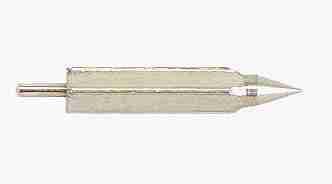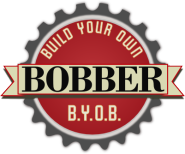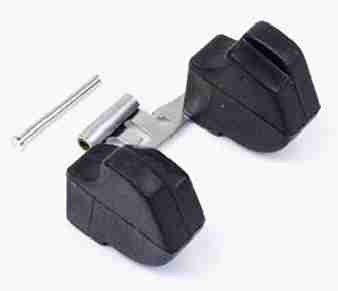It’s been on my radar lately…in between the ever-present kidney stone, additional and unexpected issues with the 850, so on and so forth.
The first thing is hook up the temporary fuel tank to the carburetors. Prime it for starting. And…oh wait, better stop the gas gushing from the overflow tube. Overflowing fuel means a problem with one or more carburetor floats.
Inside the float bowl, there’s a float that pushes up on a small valve when the bowl is full of gas. When the float rises and closes the valve, the flow of fuel into the carburetor is shut off. When fuel overflows, the valve isn’t stopping the fuel from flowing into the carburetor.
 Now, the problem could be a dirty, corroded or stuck float needle and seat. It could be a stuck float. It could be a perforated float. More often than not, the float needle isn’t seating properly due to dirt. If the mating surface between the needle and seat is scored, corroded or dirty, the needle can’t seat properly to stop the flow of fuel.
Now, the problem could be a dirty, corroded or stuck float needle and seat. It could be a stuck float. It could be a perforated float. More often than not, the float needle isn’t seating properly due to dirt. If the mating surface between the needle and seat is scored, corroded or dirty, the needle can’t seat properly to stop the flow of fuel.
The process is to remove the carbs from the motor. Remove the bowls from the carbs. Remove the float assembly with float valve from each carb and inspect the parts.
Except for an orange tint, the valves didn’t look dirty and they were cleaned twice before.
The easiest way to clean the valves and needles is with a drill, q-tips and chrome polish. Chuck the q-tip into the drill. Add chrome polish. Go to town on the valves and needles until they have a mirror-like finish.
So while the parts didn’t look dirty, they now look brand new.
I bench-tested the carbs for fuel leaks before mounting them again. No leaks…none! So back onto the bike go the carbs. Turn the ignition key, power comes up, hit the start button and…nothing. Absolutely nothing, not even a click click sound.
What could possibly be wrong now?
Next: Removing a broken screw or bolt from a cylinder head


